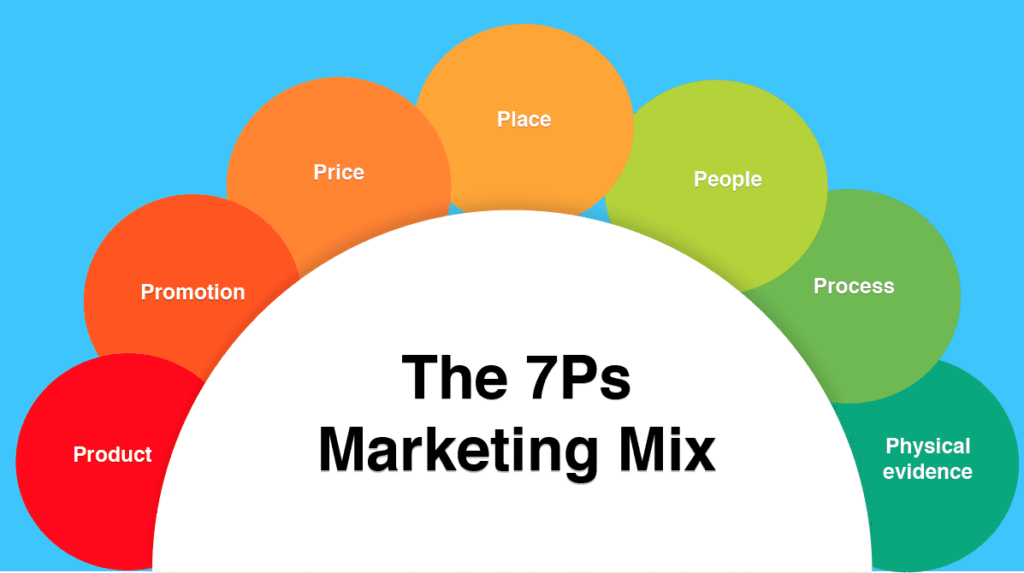In the modern digital world, marketing has undergone a deep transformation. From print ads, TV commercials, and billboards to new digital strategies that utilize the internet and technology to engage audiences, this modern approach is called digital marketing.
It’s defined as the use of digital channels to promote products, services, or brands through websites, search engines, social media, email, and mobile apps. It’s a dynamic area where businesses are able to interact with their target market in real time, offering prospects for personalized communication, measurable results, and worldwide reach.
It gives better targeting options where the businesses could send specific messages to particular audiences based on age, interests, or even actions. Analytics and tracking software may help measure whether a campaign really works or is of use by tracking the target audience’s response.
There are various forms of digital marketing including:
Search Engine Optimization (SEO): It tries to increase traffic by optimizing and ranking a website for organic results on search engines.
Pay-Per-Click (PPC) Advertising: Running ads on Google or social media as a paid media.
Content Marketing: Developing useful content for people to attract the audience and sustain engagement.
Social Media Marketing: Promoting services and products across Facebook, Instagram, LinkedIn, or Twitter.
Email Marketing: Delivering targeted, lead-nourishing, or customer relationship-enhancing emails.
Affiliate Marketing: A system of marketing, where one pays for the affiliates or influencers, who in return promote their services or products.
Mobile Marketing: Engaging a customer through the mobile application, SMS, or push notifications.
The aim of digital marketing is not necessarily building more sales but building brand awareness, satisfying customer’s loyalty needs, and developing a meaningful relationship with any audience.
7 P’s of Digital Marketing or Marketing-Mix

The concept of the 7 P’s originated from the marketing mix theory, which was initially made up of four elements: Product, Price, Place, and Promotion. Over time, three more components—People, Process, and Physical Evidence—were added to address modern marketing needs. In the digital marketing context, the 7 P’s are very important for developing effective strategies:
Product The product is the heart of any marketing strategy. In digital marketing, presenting your product effectively involves using high-quality images, detailed descriptions, and customer reviews on your website or e-commerce platform. For digital products such as software, apps, or online courses, free trials, demos, or downloadable resources can be key drivers of engagement and sales.
Price Price in digital marketing must be competitive and reflective of value. Dynamic pricing models, discount campaigns, or subscription plans are often used to attract online customers. Transparency about costs, including shipping and additional fees, is critical in building trust.
Place In the world of digital marketing, “place” refers to where the customer can access your products or services. This may be your website, Amazon, or other mediums such as social media. A mobile-friendly, fast, and user-friendly website ensures better customer experience, so they may return again.
Promotion Promotion is the process of communicating the value of your product to potential customers. Digital marketers use various promotional tools, such as search engine ads, social media campaigns, influencer partnerships, email marketing, and content creation. A successful promotion strategy also includes retargeting, targeting users who have previously interacted with your website or ads.
People People are the stakeholders that deliver your product or service. These include your employees, customers, and partners. In digital marketing, good customer service is very important. Live chat features, chatbots, and responsive social media channels help answer the queries of the customers in a short time, thus enhancing user satisfaction and loyalty.
The process refers to the journey from the first customer contact to the last sale and further. A good process can easily make a lot of difference for customers. For example, the checkout process of an e-commerce website can easily reduce cart abandonment rates if the checkout process is simple, secure, and intuitive. Other processes, such as automating email marketing workflows or lead nurturing, also optimize efficiency.
Physical Evidence Physical evidence is the intangible and tangible proof of existence and credibility. In digital marketing, this includes your website’s design, client testimonials, case studies, user-generated content, and social proofs such as likes, shares, and reviews from social media sites. A well-designed and cohesive online presence adds to the overall trust and credibility with your target audience.
Conclusion
Digital marketing is a potent and ever-evolving tool, which enables businesses to reach their audience in ways that were thought impossible a few decades ago. By understanding the 7 P’s of digital marketing—Product, Price, Place, Promotion, People, Process, and Physical Evidence—businesses can formulate well-rounded strategies that drive success.
Whether you are an owner of a small business or a seasoned marketer, the core to succeeding in digital marketing will be understanding who your audience is, keeping tabs on trends, and constantly tweaking your approach to reflect data and feedback. Done right, executed well, and with the proper strategy, digital marketing can assist you in your business goals and help you forge long-term connections with your customers.
